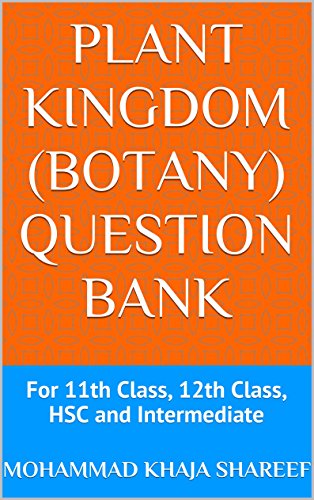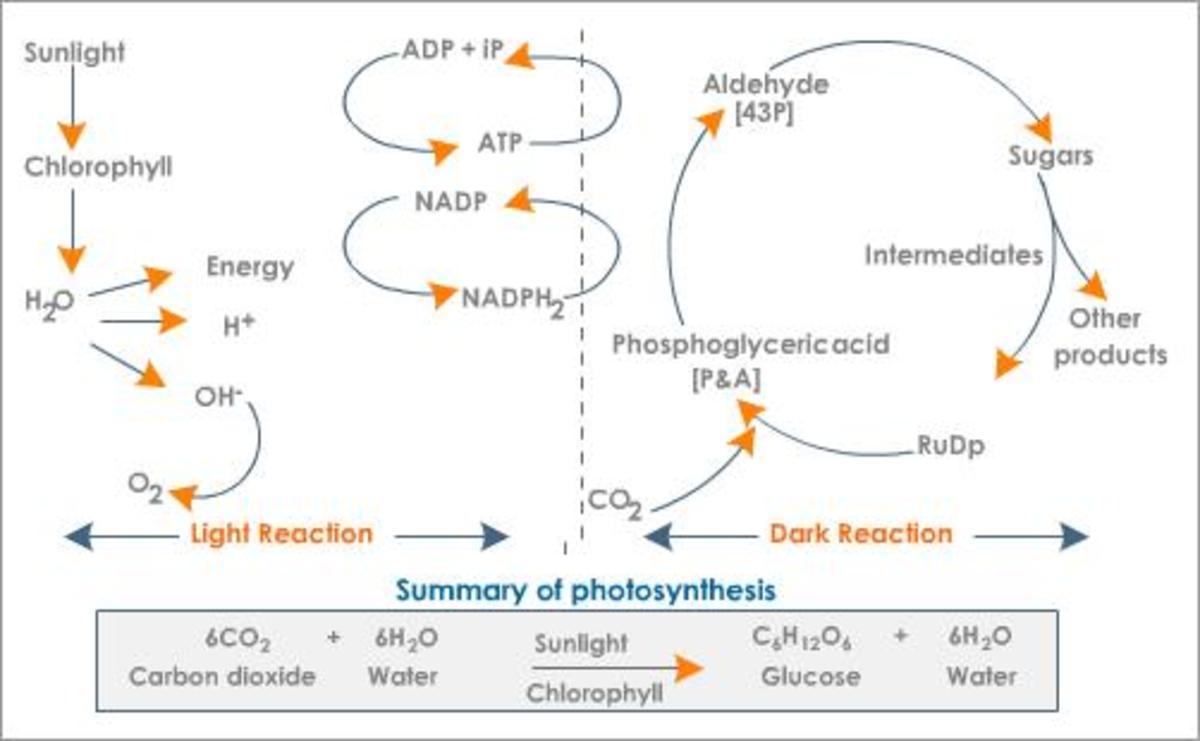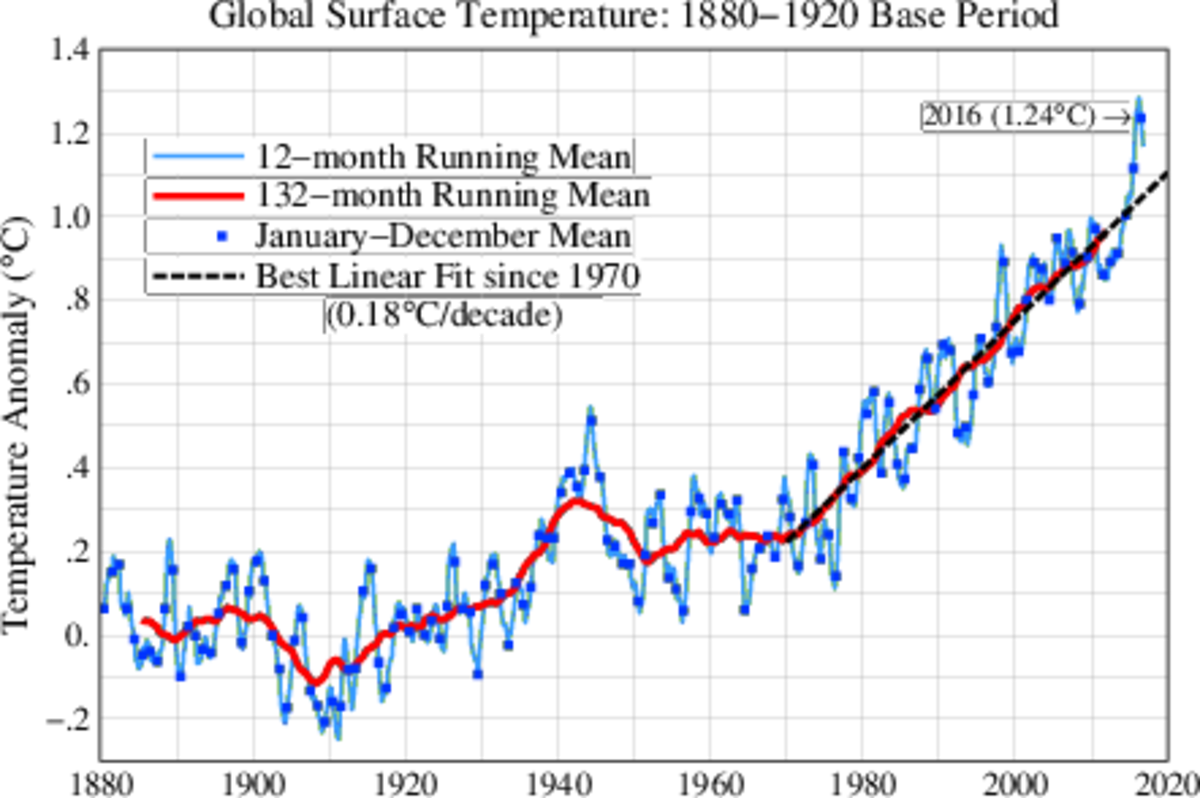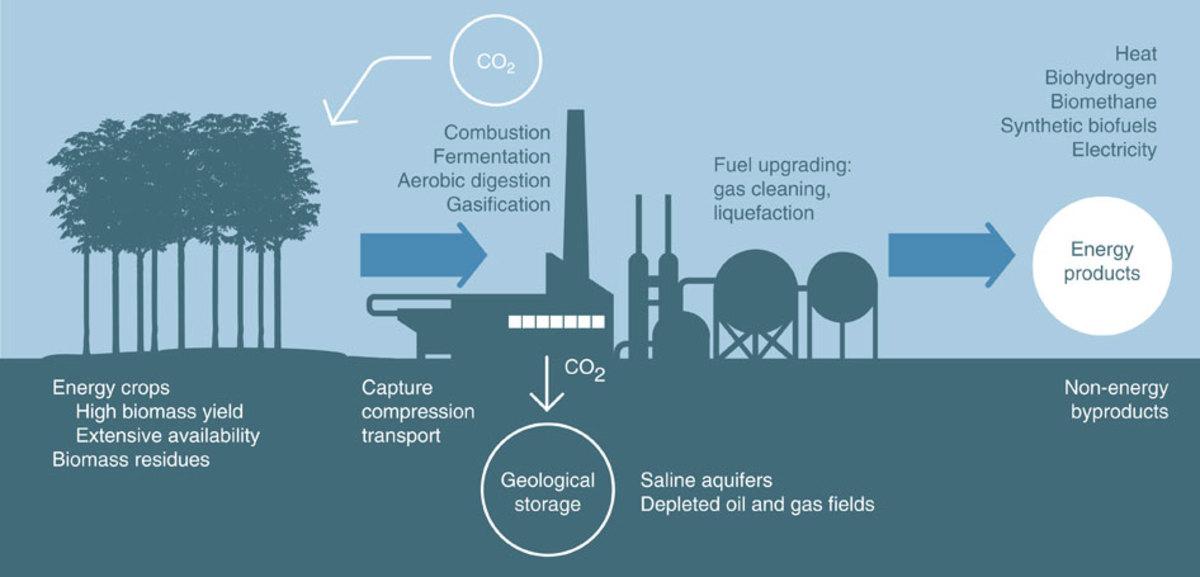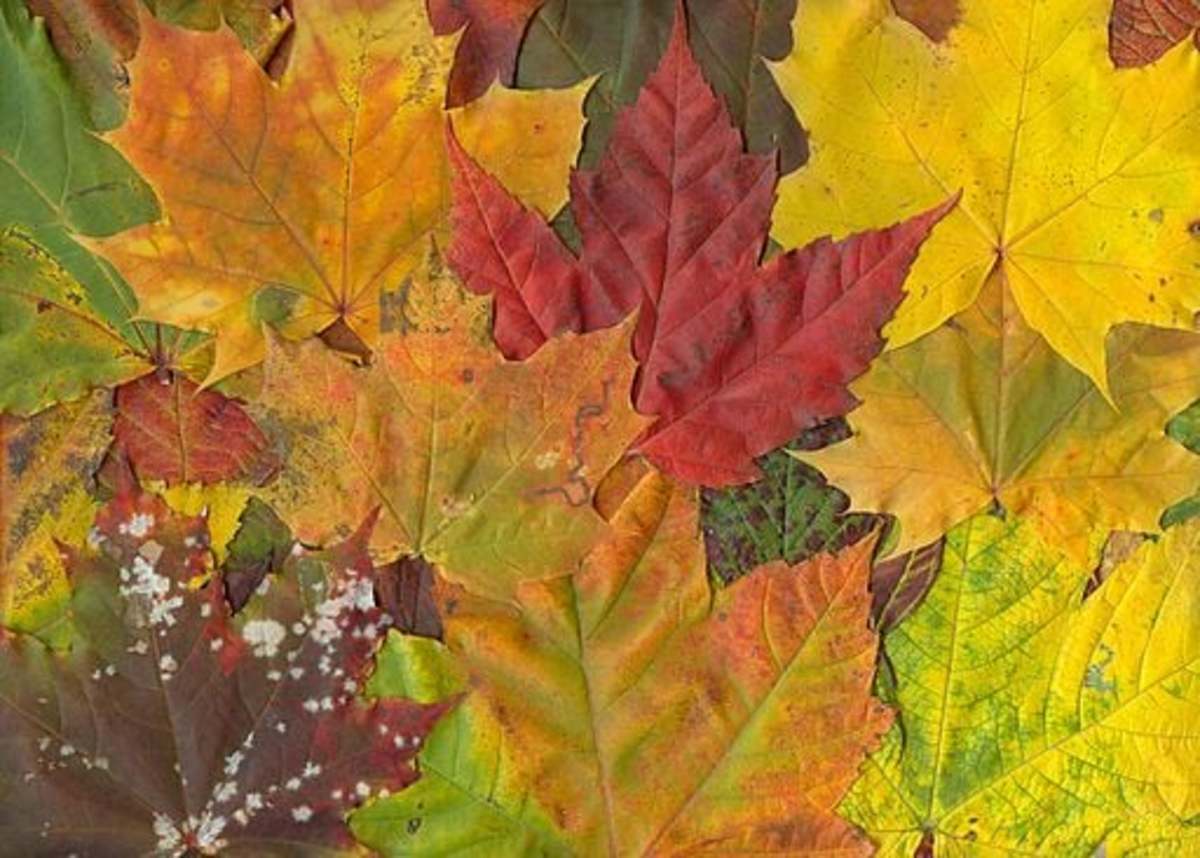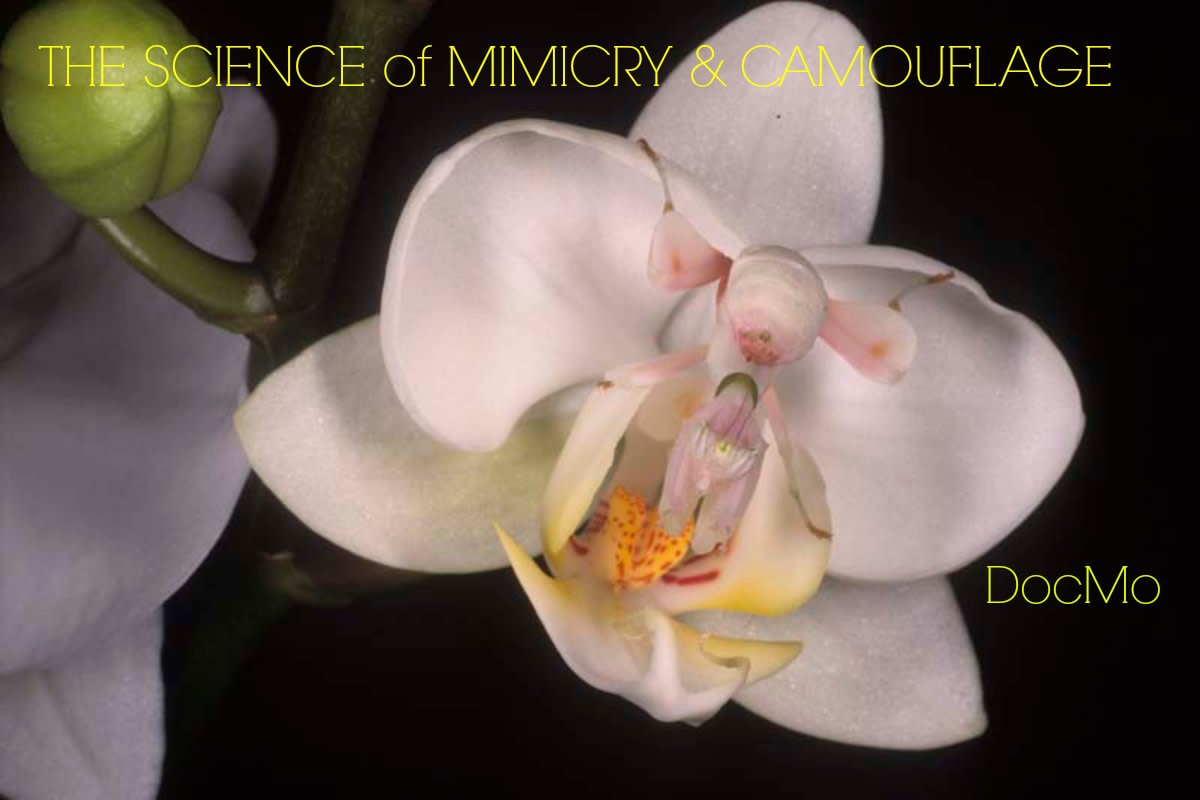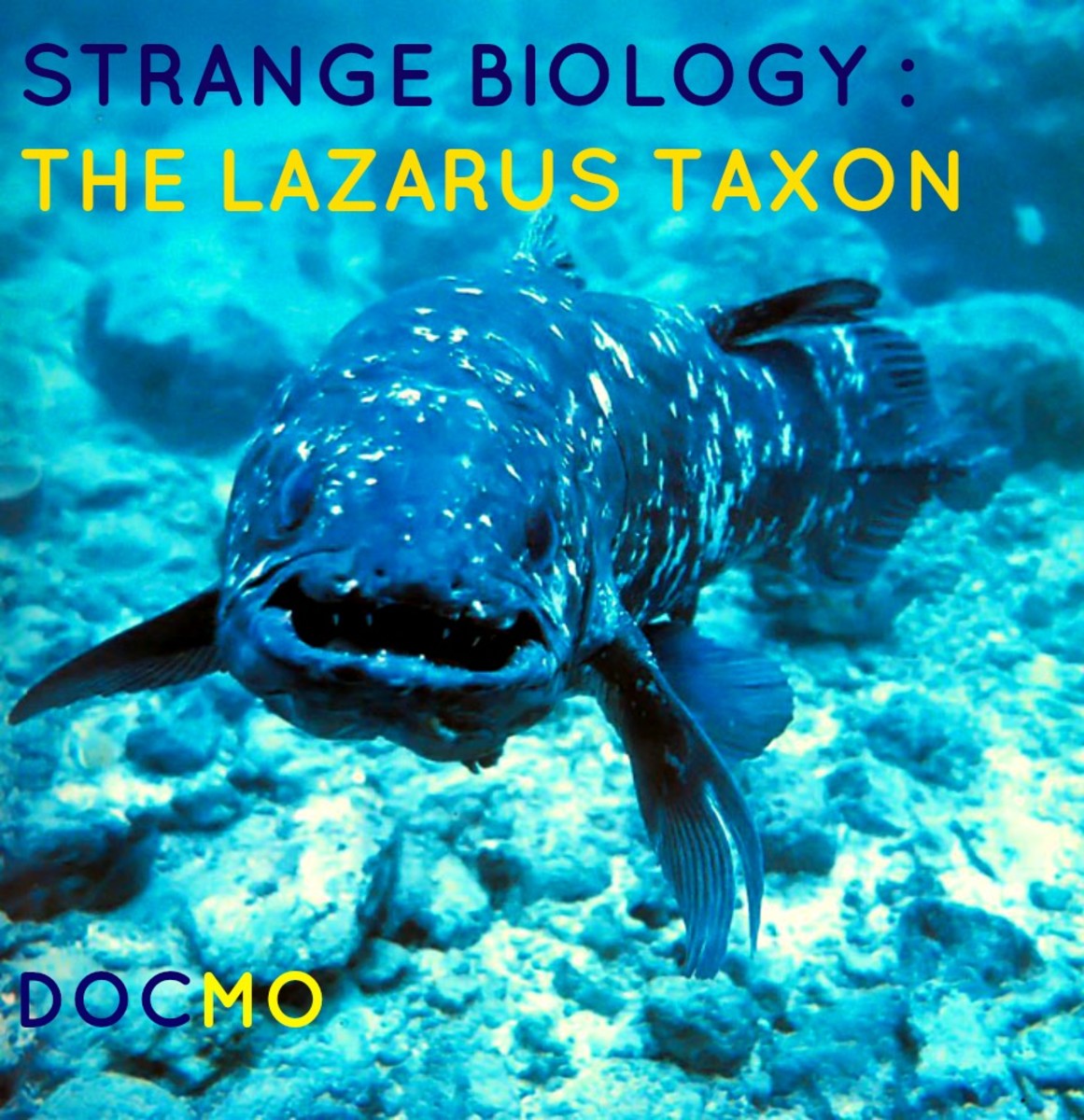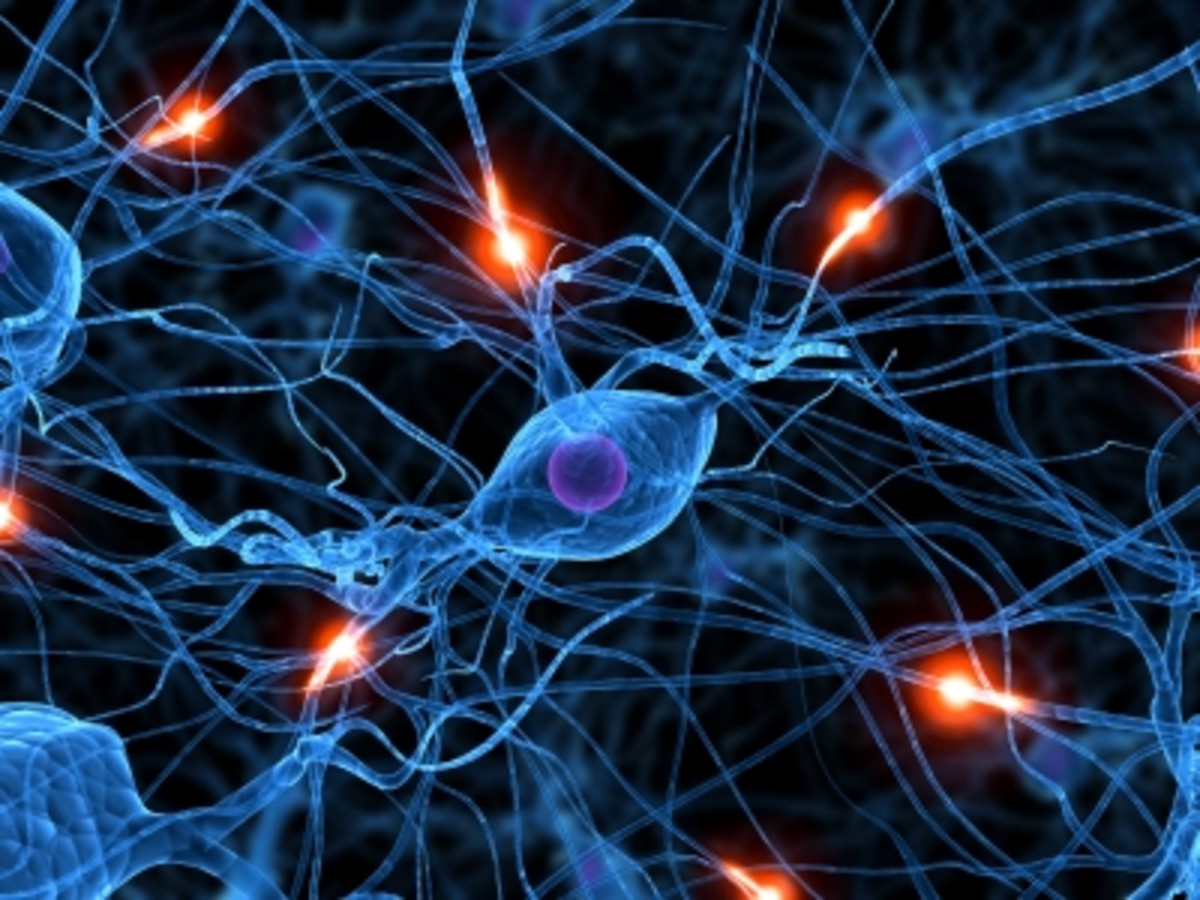Factors related in Photosynthesis
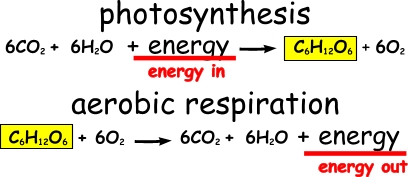
Photosynthesis is a photochemical reaction where plants utilize sunlight, CO2, chloroplasts, water, enzymes, mineral salts etc., to prepare their own food ( carbohydrates)
We can’t see anything without light. It is a form of energy. Plants use this energy to prepare food by utilizing other factors necessary.
We often felt hat the water we pour to the plants is the source of food for them. But in fact, water is one of the factors of photosynthesis.
The nutrient chemicals in the water are transformed to carbohydrates with the help of chlorophyll in the leaves. The water from the land is sucked ( absorbed) and transported to all parts of the plant through the stem, by the roots.
Leaves absorb carbon dioxide from the environment, with the help of sunlight, they split carbon dioxide to carbon and oxygen. They combine nutrients with carbon to prepare carbohydrates.
Even though a plant has green leaves, nutrients, carbon dioxide, it can’t prepare food in the absence of any other factor also (like carbon dioxide, chlorophyll, water)
It is estimated that approximately 150-200 tons of carbon element is used by the leaves every year during photosynthesis.
Whatever may be the food item ( rice, pulses, vegetables, fruits, nuts etc.,) we use in food (which come from plants) is prepared by photosynthesis.
Thus leaves are considered as food factories of the plant.
Thus we come to know that there are some factors related in photosynthesis which affect the process.
External factors:
Light :
Most essential factor. Photons (tiny particles) from the light rays are used by the chlorophyll of the leaf to convert carbon dioxide to carbohydrates.
Carbon dioxide:
It is the inorganic raw material which enters into the cells of the leaf through stomata and it is the carbon in carbon dioxide that is converted to carbohydrate during photosynthesis.
Internal factors:
Chloroplasts:
They contain pigment molecules. Chlorophyll is one of the pigment, which helps in the process of photosynthesis to prepare carbohydrate. The reason for the green colour of the leaves is due to the pigment chlorophyll present in chloroplasts. The function of chlorophyll is often supported by other pigments like carotenes and xanthophylls.
There are about 450000 to 800000 chloroplasts for every square millimeter of a leaf.
Water:
Splitting of water molecules, during photosynthesis results in liberation of oxygen. Water is transported from roots to the leaf through the stem.
The exchange of gases ( carbon dioxide and oxygen) takes place in the stomata. The rate of photosynthesis increases with the increase in the number of stomata.
Photosynthesis- raw materials and end products:
The raw materials are carbon dioxide and water, the energy source is sunlight and the pigment needed is chlorophyll.
The end products are glucose and oxygen. Liberation of oxygen during photosynthesis is demonstrated by using hydrilla plant.
Water is formed by the combination of hydrogen and oxygen. It is a solvent and there are many minerals and elements in it.
Why are the leaves green in colour?:
The young leaves are light red in colour and they change into green colour after few days. Why? When anything absorbs or reflects the colours of the sunlight, it gets its colour.
Chlorophyll and carotene are the two pigments present in leaves. The leaf look green due to chlorophyll and yellow due to carotene. The colour of the leaf changes according to the ratio of these two substances ( pigments) very young leaves have red coloured pigment called anthocinin, thus, they look red. In due time, chlorophyll and carotene are produced and then the colour of the leaf is changed. When sunlight falls on the leafs, except green colour ( from 7 VIBGYOR colours) all the other six colours are absorbed and green is reflected. Thus we can see leaves in green colour. Leaves without chlorophyll cannot prepare food on their own.
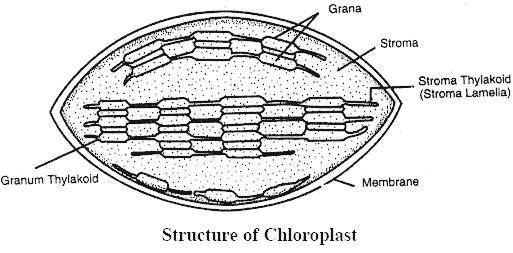
Chloroplast:
Chloroplasts occur mainly in the mesophyll cells of leaves. They are oval shaped and are filled with colourless fluid called stroma. Stacks of thylakoid membranes ( called grana) are located int eh stroma nd are connected by stroma lamellae. The chlorophyll and other pigments present the chloroplasts are fat soluble and are located in thelipid part of the thylakoid membrane. Chlorophyll and other accessory pigment moecules situated in the thylakoid membranes are organized to form the reaction centres called photo system I and photo system II (PS I and PS II).
THE ACCESSORY PIGMENTS AND OTHER CHLOROPHYLL
MOLECUES HARVEST SOLAR ENERGY AND PASS IT ON TO THE REACTION CENTERS.
They absorb photons and convert carbon dioxide and the water molecule into sugar and release oxygen. During this process they also make use of some of the enzymes present in the stroma.



